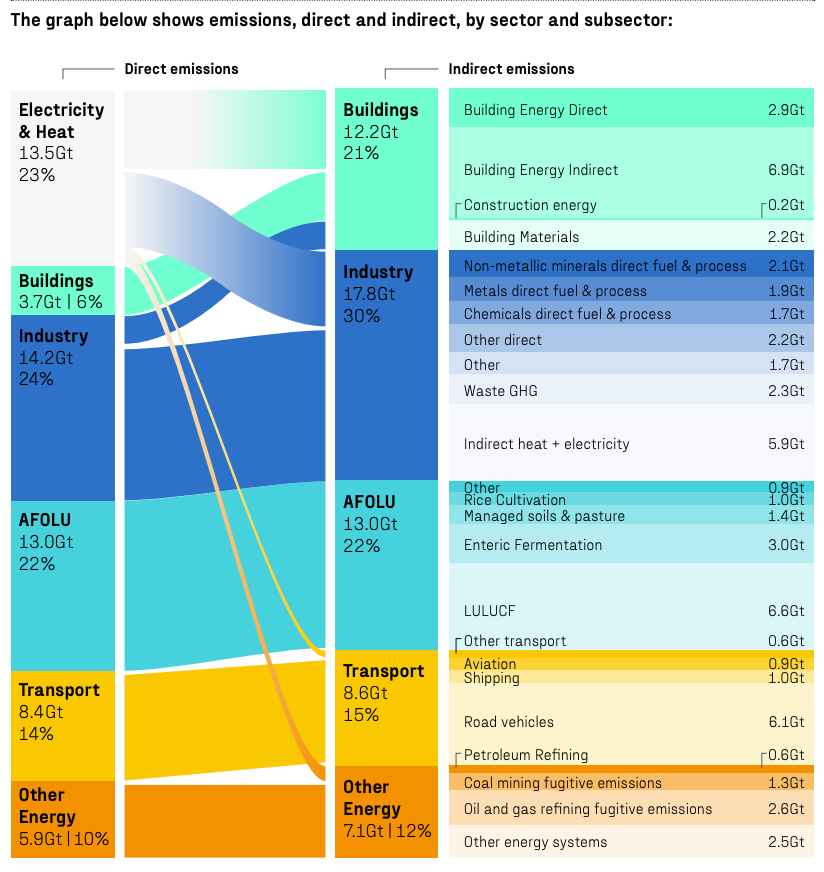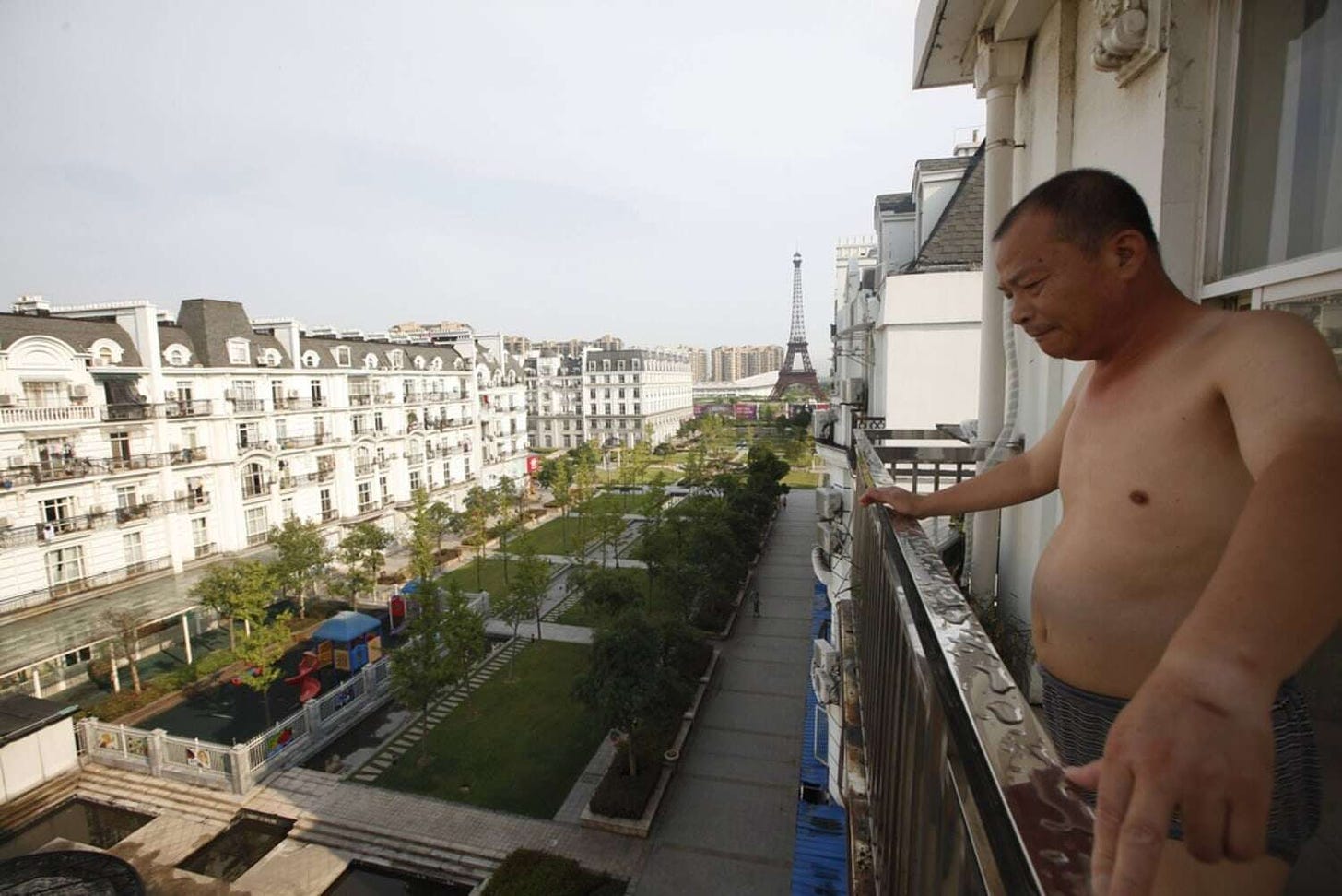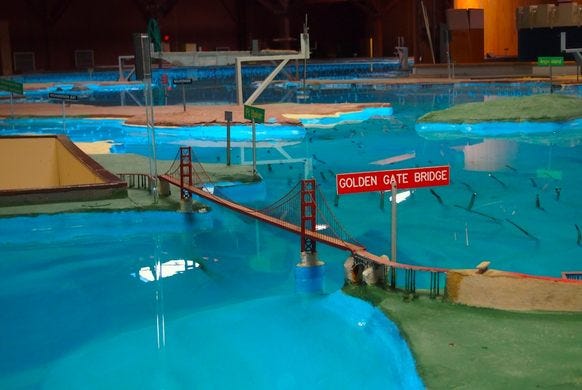2150, a venture capital firm investing in sustainable tech, put together a helpful “Climate 101” guide based on how much climate change is already locked in due to granular sources of emissions. From tipping points to price tags, the report is comprehensive and offers helpful retorts for your next dinner party.
“Did you know Enteric Fermentation emits almost twice the amount of green house gasses than the chemical industry… please pass the roast beef.”
Even under ideal conditions of the current decarbonization rates, the planet is likely to see a loss of the low-latitude coral reefs, thawing of the Boreal permafrost, and collapse of the sub-polar gyre.
“Wow the sauce is amazing!”
While we remain hopeful about the future, worst case scenario, 21st century civilization might end up in a Dubai-styled museum of failures.
The incredible Rahel Aima writes about the speculative graveyard that is chockfull of 3-D plans that never came to be. The Museum of Failed Futures certainly exudes an element of shame, but there is also, undoubtedly, a little pride.
For example, The Falconcity of Wonders was supposed to be a town of scaled-up versions of world wonders: the Eiffel Tower, the Egyptian Pyramids, the Leaning Tower of Pisa, the Taj Mahal. It could have been a brilliant manifestation of the “Dubai Ideology.” Alas, none of that came to fruition. But don’t fear, a suburb in Southeastern China managed to at least replicate the Eiffel Tower.
Imitation is the highest form of flattery, and in a way, it is an insurance policy. If anything ever happens to the Parisian version, you are sure to find it on every other corner of the world.
These copies are a talisman of an interconnected world whose infrastructure doesn’t just shrink lateral time and space, it shrinks all history and all cultures into a proximate consumable commodity.
Speaking of copies, in the mid-1950s, the US Army Corps of Engineers built a massive replica of San Francisco to test a potential dam. Fortunately, the model helped California avoid mayhem.
The planned dam would have created freshwater lakes and reclaimed land for air and naval bases. Not only would it act as “defensible military fortification,” but it would also provide access to fresh water. Rather than just diving in, the government gave the Corps of Engineers $2.5 million (equivalent to $25 million today) to build a model.
The extremely accurate duplicate of the bay accounted for everything from the daily tidal changes to rainfall. They carried out tests for three years until they realized that the dam would create catastrophic and unpredictable flooding, dangerous currents, and the ponds would eventually evaporate. All for the reasonable price of billions of dollars.
As we know, the dam and reclaimed land was never built, so maybe copies are worthwhile sometimes.
Perhaps someone should’ve built more models in Ecuador, before actually starting construction. Ecuador’s $2.7 billion Coca Codo Sinclair hydroelectric plant might break down due to mountain erosion and an active volcano nearby.
Similar issues from China's international infrastructure investment have emerged in Pakistan and Uganda.
The investment gap between infrastructure we will need and the infrastructure we have (and that is quickly disintegrating) is growing. By 2040, the gap in projected to reach $15 trillion. For some countries, like the UK, the greatest need will be in railroad transport, for Saudi Arabia, it will be roads.





